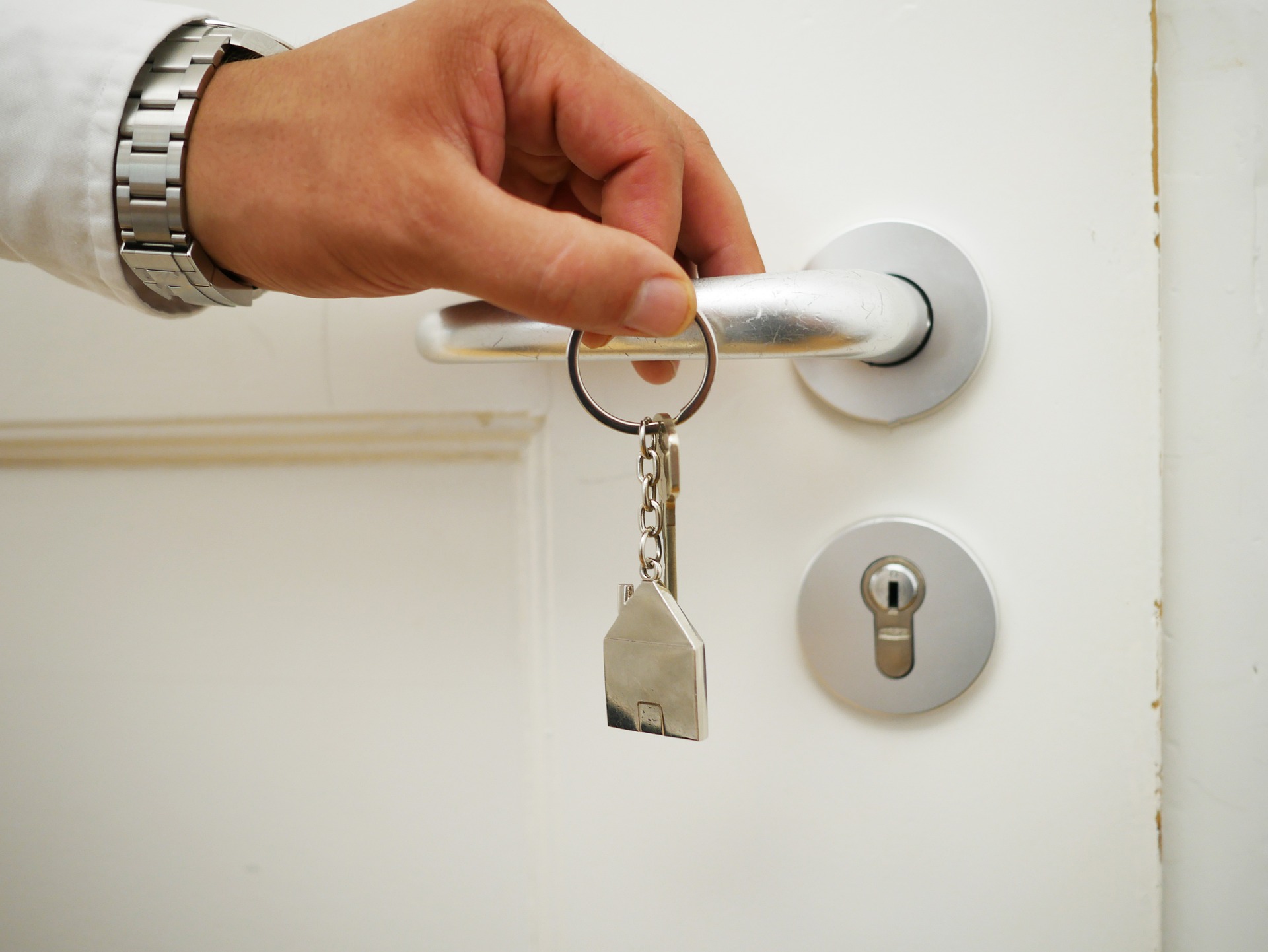
17 Feb Common Sinus Surgery Treatments for Chronic Sinusitis: Finding Your Key to Relief
If you suffer from chronic sinusitis, you may know how sinus problems can negatively affect your quality of life. While some sinus infections can be treated with medical therapies, others may require surgery.
Most short-term sinus infections can be treated medically, with certain lifestyle changes, and/or other methods. Even patients with long term or chronic sinus infections can experience relief through medication. But when none of these treatments work for you or fail to provide sufficient relief, sinus surgery may be the best way to ease your symptoms.
In general, the goal of sinus surgery is to flush out infected material, open blocked passages, and keep enough healthy tissue intact so that your nose and sinuses can function normally.
In some cases, your doctor may end your procedure with a sinus wash, using a sinus wash delivery system. This can assist with removing bacteria and debris from sinuses during any sinus surgery procedure.
Surgery to treat a chronic sinus infection is usually performed if medical treatment hasn’t worked. If you and your doctor decide surgery is the best treatment option, you may undergo one of the common procedures described below.
Here’s a brief overview of different types of sinus surgeries and how they may beneficial to you:
Balloon sinus surgery
Your doctor may suggest balloon sinus surgery to open your sinus passages and relieve your symptoms. This type of minimally invasive surgery can often be performed right in your doctor’s office. As the name suggests, the procedure involves using a special tool to insert a small balloon into your nose where your doctor will inflate it to open and drain your blocked sinus pathways. When the passageway is open, the balloon is deflated and removed.
In an image-guided balloon sinus surgery procedure, you doctor looks at a navigation screen to see a map of your sinuses and the location of the balloon in real time. Like GPS on your car or phone, your doctor can see, guide, and place the balloon at the precise point to inflate and unblock your sinuses.
Functional Endoscopic Sinus Surgery (FESS)
Functional endoscopic sinus surgery (FESS) is a common surgical method to treat chronic sinus infections. In a FESS procedure, the surgeon uses a magnifying endoscope inserted through the nostrils to see and remove affected tissue and bone.
These are several common types of FESS procedures:
Ethmoidectomy
If your ethmoid sinuses are causing your sinus infections, an ethmoidectomy may be the FESS procedure you need. This procedure helps clear the sinuses located between your eyes and the bridge of your nose. This treatment is often key because all your other sinus drain near or next to the ethmoid sinuses. An ethmoidectomy removes infected tissue and bone in the ethmoid sinuses that blocks natural drainage. After your ethmoidectomy, you should have fewer sinus infections along with the symptoms that go with them, like headaches, facial pressure and pain, stuffy nose, and nasal discharge.
Maxillary antrostomy
Pressure and pain under eyes or cheek bones may mean the infection is in your maxillary sinuses. The maxillary sinuses are located under your cheekbones. When they become blocked and no longer drain properly, an infection can develop (the sinus opening itself can even become blocked, too). This procedure helps the clear the area and sinuses behind your cheekbones, helping them drain more effectively. The greatest benefit of a maxillary antrostomy operation is that you’ll probably be able to breathe more freely and should have fewer sinus infections.
Powered septoplasty with turbinoplasty
If you have blockage from a deviated septum, you may need a powered septoplasty with turbinoplasty. This procedure helps clear up breathing difficulties caused by a deviated or crooked nasal septum and enlarged turbinates in your nose. The goal is to improve your breathing and sinus drainage.
If your septum is crooked, then one half of the inside of your nose is larger. The turbinates may adjust by getting bigger, too, and make the blockage worse. This is why a powered septoplasty with turbinoplasty is often performed. Main benefit? You can breathe easier and more freely.
Finding Your key to Relief – Talk to Your ENT
Surgery isn’t the only treatment option and there are many different treatment approaches that may be effective for you. Ultimately it depends on your individual situation. The Ohio Sinus Institute can help you find YOUR key to sinus relief.
You don’t have to cope or just live with sinus symptoms such as headache, facial pain, congestion, and fatigue. It’s perfectly natural if the idea of “surgery” freaks you out a little bit or makes you feel hesitant, but sinus surgery isn’t necessarily as scary as it sounds. Of course, all surgery comes with risks and it’s important to understand the details of any procedure, and discuss risks and potential complications with your doctor.
The Ohio Sinus Institute not only utilizes today’s most advanced techniques and technologies, but also continues to help pioneer them. With a history of expertise and personalized care, we can help you achieve true relief from your sinus problems with an individualized treatment plan.
If you are considering sinus surgery or looking for relief, contact us today!
We can help evaluate your needs, discuss treatment options, and together identify the right treatment plan for you. Call our office to set up your consultation!


